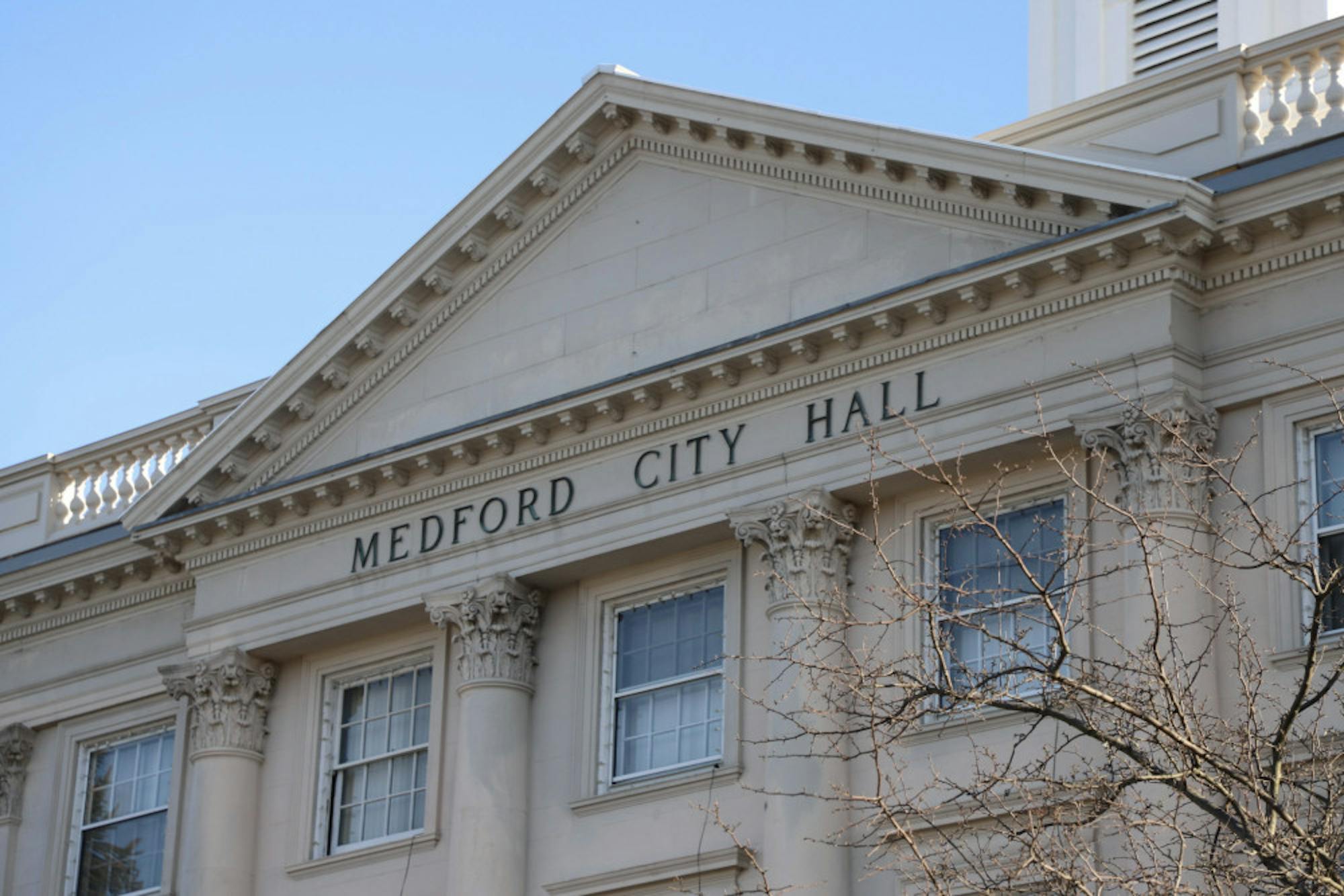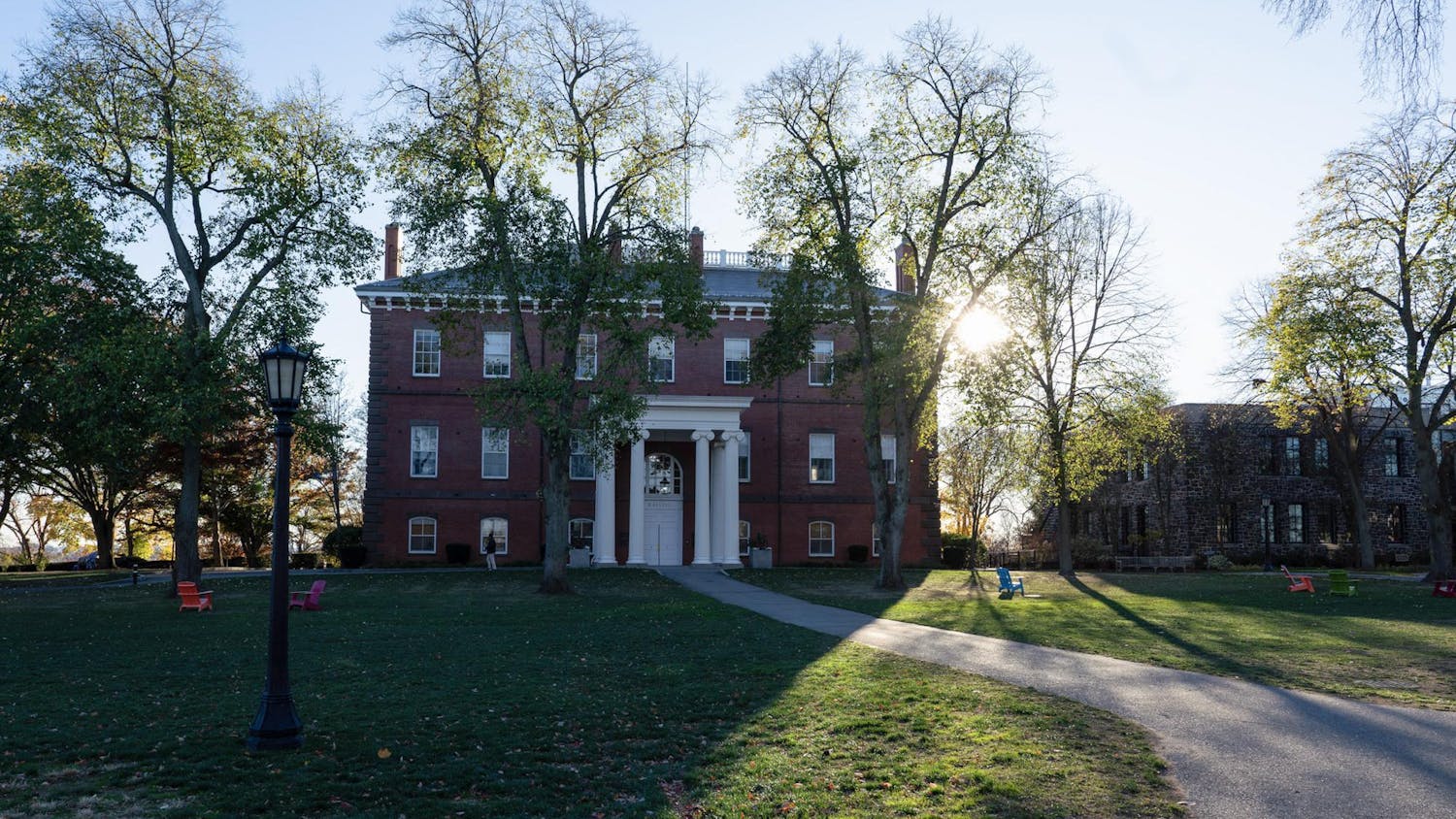The Medford Board of Health voted unanimously to lift the city's indoor mask mandate for private businesses, effective Feb. 16.The decision comes in light of falling COVID-19 positivity rates in the community.
“We’ve seen a dramatic decrease in positive cases in Medford, as well as across the state,” Board of Health Director MaryAnn O’Connor said in a press release. “The data is encouraging and shows that with the steady rise of vaccinations and expanded eligibility for booster shots, we’ve reached a point in our COVID-19 response where mitigation efforts, like mask-wearing, while still recommended, no longer requires a mandate be in place.”
Medford reported a 1.96% positivity rate for the week of Feb. 19, the most recent week for which data is available, coming in below the state's overall rate of 2.95%. The fall in cases has led many municipalities, including the City of Boston, to relax their masking requirements. The Board's decision aligns with the current recommendations of the CDC, which on Feb. 25 revised its risk evaluation criteria and has stated that 70% of Americans now live in counties where it is safe to take a break from indoor masking if they are not at risk of severe illness. The CDC considers Middlesex County a low-risk area.
In addition to lifting the mask mandate for businesses, Medford will no longer mandate that large scale entertainment venues like the Chevalier Theatre require proof of vaccination or a negative COVID-19 test for entry. Individual performers are still allowed to require vaccinations at their shows, with the Chevalier Theatre listing at least eight upcoming acts who will be doing so. Steve Smirti, Medford's COVID-19 public information officer, said that the Board factored the current caseload and vaccination rates into their decision.
“This metric, along with Medford’s strong vaccination numbers — nearly 90 percent of residents have received at least one dose — drove the Board’s decision to lift the mask and vaccine order,” Smirti wrote in an email to the Daily.
The Board also voted to stop mandating that masks be worn in Medford City Hall, the police department, the fire department and the department of public works beginning Feb. 22. The city lifted its mandate at the Medford Public Library, Medford Recreation facilities and the Council on Aging on March 1.
“These locations serve our more vulnerable residents who are at greater risk of developing severe infection from the virus,” Smirti wrote. “Because of this, the City decided to wait an extra week to make sure that key metrics like positive case counts and hospitalizations continued to decrease before lifting the mandate at these facilities.”
The Board still advises that high-risk individuals wear masks indoors, advice consistent with that of Boston.
Tufts has not indicated whether it will lift its mask mandate any time soon, as the university is still recovering from a spike in COVID-19 cases from February that exceeded The mods' housing capacity.
The repeal of the Medford mandate comes at a time when many government officials are starting to consider what the next stage of the pandemic will look like. California Governor Gavin Newsom announced that his state now plans to treat COVID-19 as endemic, rather than as a pandemic, and will adjust their strategies accordingly — making California the first state to do so.
Medford Mayor Breanna Lungo-Koehn emphasized the importance of using multiple tools besides masks to mitigate the spread of the virus.
“We’ve been combatting this virus for two years and we now have the ability to better protect ourselves through multiple means, like vaccines, boosters and medication,” Lungo-Koehn said in a press release. “Our public health response will be driven by data which has shown a steady decline in positive cases over the last several weeks.”
Smirti said that an improved understanding of the patterns of the pandemic helps bodies like the Board of Health to make sound decisions about mask policies, adding that should cases increase, the city has many tools at its disposal to evaluate whether policies need to change.
“At this point in the pandemic, we have an institutional knowledge of the ebbs and flows of the virus and are in a very different position than we were at this point even last year,” Smirti said. “While the virus is impossible to predict, we’re in a much safer place now and have better tools at our disposal to limit the spread.We will continue to monitor the data and consult with our state and federal public health officials when necessary.”






